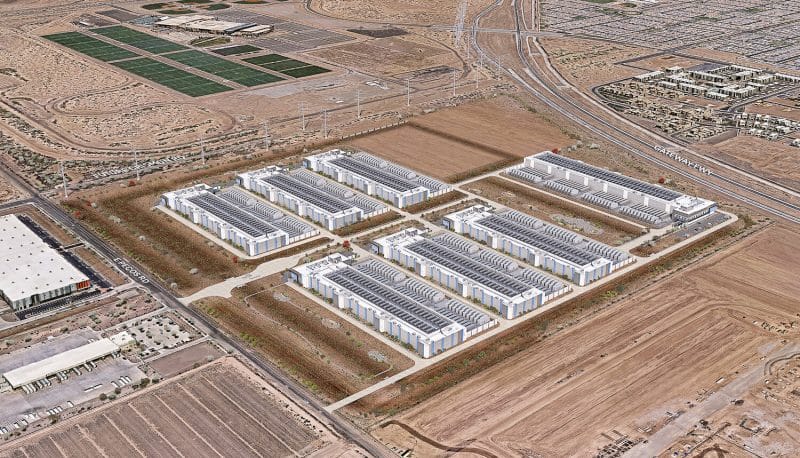By Callan Smith | Rose Law Group Reporter
Arizona lawmakers on the State’s Ways and Means committee held a hearing on HB 2213, revising statutes relating to Government Property Lease Excise Tax (GPLET) and voted overwhelmingly, six to one, in support of the bill and indicated there will be stakeholder process to allow people on both sides of the bill to take part.
Rep. Vince Leach (R) 11, one of the bill’s sponsors, said he was motivated by the Auditor General’s report, published in December 2015, and looked at Arizona Department of Review records showing 76 pages of GPLET’s all over Phoenix. He said K-12 education is struggling and “we are trying to end tax abatement for K-12 schools. This bill cleans up stuff. Grandfathering didn’t work as intended.”
Kevin McCarthy of Arizona Tax Research Association, said of the 268 current GPLET deals, only about five pay post-2010 rates, with many grandfathered in at the prior 1996 rates. The rates aren’t based on the value of the square footage of the property, McCarthy said.
“When the property is not on the tax rolls you legislators have to find a way to make up for it. I take issue with the current definition of slum and blight. It’s so broad, you could do a deal in Paradise Valley and say it’s because of blight. Once developers figured it out, they want more. Phoenix now has the highest tax rates,” said McCarthy.
Rep. Mark Cardenas (D) 19, a member of the Ways and Means committee, said that many developers enter into agreements paying a school the amount they would otherwise receive without the GPLET. He said that cities do a good job of negotiating for schools, for fairness. GPLET’s are the only economic tool that Arizona has, Cardenas said.
Further support came from a small business owner in Phoenix, Bromley Paulin. He said the issue is one of fairness and questioned slum and blight designations in Phoenix when the city has seen millions of dollars of investments over the years. “GPLETs are given to the very few, large developers under the guise it can’t be done otherwise. Some projects get one and some don’t,” Paulin said.
Cardenas disagreed with Paulin but Leach said it was “refreshing to hear from a business owner.”
The speakers continued with Jim Manley of the Goldwater Institute in support of the bill, saying Goldwater is involved with a Pima County lawsuit and will be issuing a report soon detailing GPLET subsides, focusing on the county. “This bill doesn’t do away with GPLET’s. It narrows it. The current definition of blight is laughable. Incentives should be broad based, not just for targeted developers,” Manley said.
A speaker in opposition was Tim Lawless of NAIOP, Arizona chapter of the Commercial Real Estate Development Association. He said a stakeholder process is needed to explore the issues. Lawless said they are okay with making GPLET’s more responsible and transparent, but the language goes too far on the grandfathering issue. “We have GPLETs because we have one of the top 10 highest commercial property tax rates in the United States. If you reduce the assessment ratio from 18 percent to 10 percent then you could have room to work with on reforming GPLET,” Lawless said.
Tucson’s economic development was cited as a positive resulting from the use of GPLET’s by Kathy Senseman, who was there on behalf of the city. Tucson has seen 136 million in growth come into its downtown from GPLET’s, she said. Many projects would not have received funding without GPLET, Senseman said and asked to be included in the stakeholder process.
Others opposed and calling for participation in a stakeholder process were Cheryl Lombard, president and CEO of Valley Partnership, John Glenn, of the American Institute of Architects, Barry Aarons, and Chris Camacho, president and CEO of the Greater Phoenix Economic Council.







